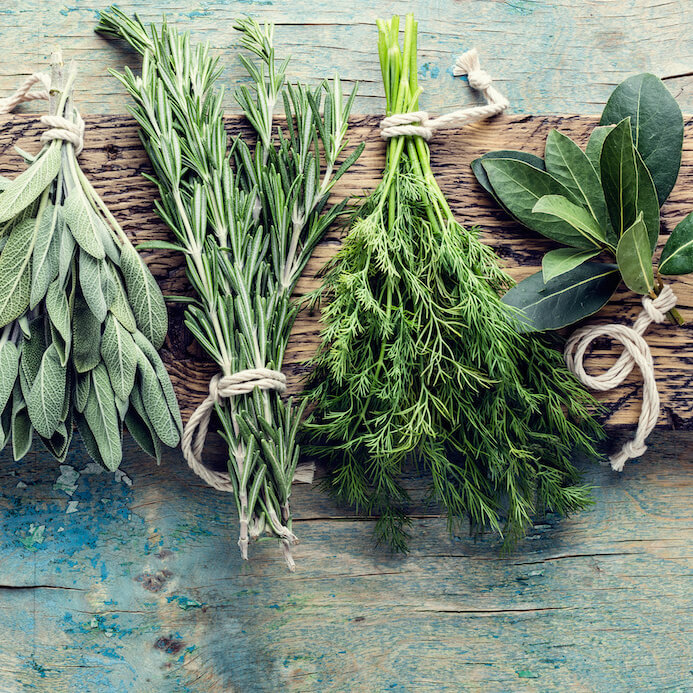Organic Insider
Must-Read
What is Regenerative Organic Certified and Why it Could Become the New Gold Standard in Organic
If you are a consumer or participant in the organic industry, something new is set to hit the marketplace that you absolutely want to know about, and it is called the Regenerative Organic Certification (ROC).
Started by three organizations — Patagonia, Dr. Bronner’s and Rodale Institute — the certification aims to raise the bar for what organic represents.
But contrary to what one might believe, it is not a substitution for the USDA organic seal. Instead, it adds onto the USDA organic seal and is referred to as an “add-on” label. The USDA organic seal is a requirement, or a baseline, in order for a company to receive the ROC certification.
With the official launch of ROC right around the corner, I decided to speak with Elizabeth Whitlow, the Executive Director of the Regenerative Organic Alliance, the non-profit that started and oversees ROC.
—
Max Goldberg: Why was ROC formed and what are you hoping to accomplish with this new certification?
Elizabeth Whitlow: The Regenerative Organic Alliance (ROA) was created because our world is facing big issues right now, both environmentally and socially, and regenerative organic agriculture has the potential to address both of them.
It is our goal to create the highest organic standard in the world, and we are not out to replace the USDA organic seal. We want to keep organic strong and add the critical social requirements, along with more robust soil/land management and animal welfare practices.
The unfortunate reality is that industrial, pesticide-intensive agriculture and the factory farming of animals (CAFOs) are top contributors to climate change, and our conventional farming system has degraded our soil to dangerous levels around the world. Additionally, farmers and farmworkers are often exploited by those trying to cut a profit above all else, and rural economies in the U.S. and across the globe are suffering.
(Elizabeth Whitlow, Executive Director of the Regenerative Organic Alliance)
It is imperative that we change our food and fiber systems, with regenerative organic becoming the new model. If this happens, we will see serious improvements to soil health and the well-being of animals, farmers, workers and the climate itself.
MG: Please explain the certification and its different levels.
EW: ROC certifies agricultural products (food, fiber and botanicals) and all ROC-certified brands must have obtained USDA organic certification. ROC then adds additional criteria on top of the USDA organic seal to make sure farmers are actively building soil health, using animals in concert with nature to enhance the land, caring for animal welfare, and treating their workers fairly.
There are three levels to ROC: Bronze, Silver and Gold.
Farms and brands qualify for different levels based on certain criteria that they are able to meet. Gold is very difficult to achieve – on purpose — but we should look to Gold-certified farms as models for how to achieve a more regenerative system in the future.
MG: ROC has been operating a pilot project over the last year. Where are you with that and when you are set to launch with ROC-certified products into the marketplace?
EW: In 2019, we conducted a pilot with 19 farms and brands in seven countries. The farms produced everything from dairy products, mangoes, cereal grains and more. We wanted to represent as many sectors of agriculture as possible.
Several farms and brands that participated in the pilot are ready to receive certification, which is really exciting! There should be at least a half dozen ROC products on the market within the next few months.
And for those people who will be at Natural Products Expo West, they can come see the showcase of ROC products at the Organic Pavilion on Wednesday, March 4th from 11AM-4PM.
Fortunately, there has been overwhelming interest from farms and brands, particularly in the fiber sector and from retailers. Businesses recognize that customers want to purchase products that support their values more than ever.
With so much demand for ROC, we are now actively working to build the infrastructure to support this demand. Fortunately, we’ve already got four stellar certifiers and a team of trained auditors onboarded. We are aiming to have 100 ROC-certified operations by the end of 2020. Stay tuned!
MY TAKE
As someone who has been writing about the organic food industry for the past decade, ROC has the potential to become the most disruptive initiative that I have ever covered. Why?
Because I believe that ROC will become the new gold standard in organic, replacing the USDA organic seal.
Not only is ROC elevating the bar for what organic represents, but the certification will not permit hydroponics or ‘factory farms,’ two of the most controversial aspects in organic.
The USDA currently allows hydroponics in organic, even though it is a complete violation of Section 6513 of the Organic Foods Production Act of 1990. Furthermore, the USDA has received tremendous criticism for turning a blind eye to and not cracking down on ‘organic factory farms’.
As Elizabeth Whitlow alluded to above, it will take time for the ROC supply chain to be built out, and there will not be a huge number of ROC-certified products in the marketplace right away.
However, I am already seeing that many organic brands do not want to be left behind — by not having attained ROC certification — especially if consumers begin to fully understand that ROC will be a superior organic product and that it will be more beneficial to the soil, the planet, farmworkers and animals.
Needless to say, ROC is something that I will be closely monitoring and reporting on in the months and years ahead.
